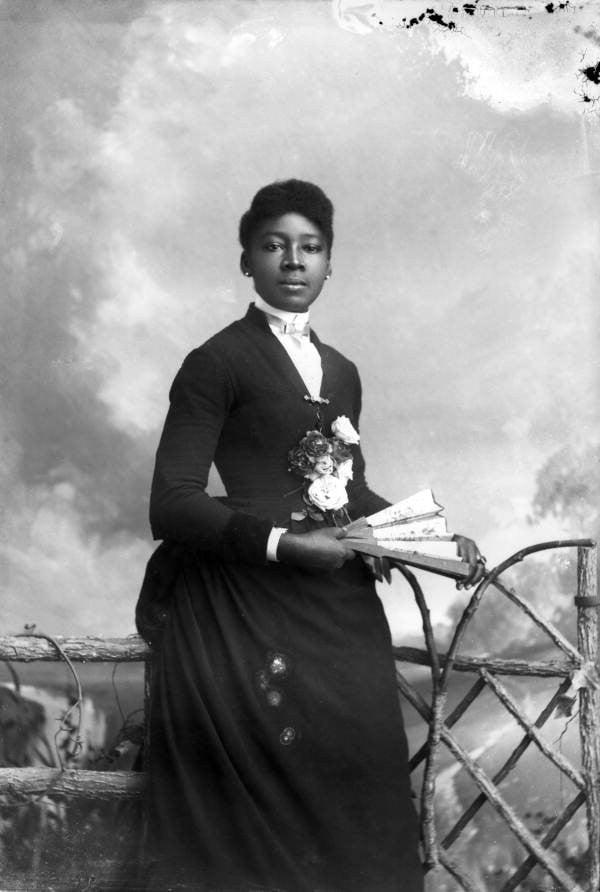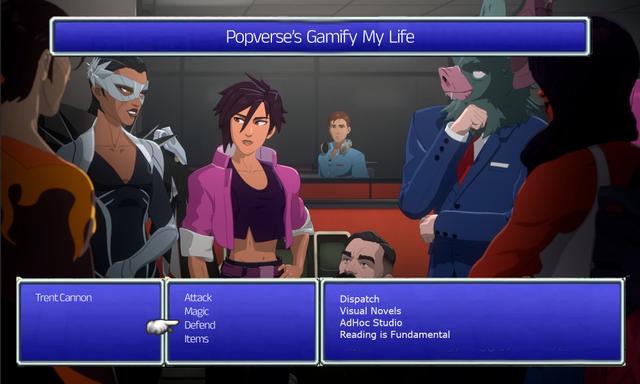If you click on a link and make a purchase we may receive a small commission. Read our editorial policy.
Are corsets uncomfortable? Bad for posture? Dangerous? Here are 5 myths about the historic garment
Mainstream media makes it sound like corsets are bad to wear, but are they really?

You've probably heard actors say time and time again that their corsets were so tight they couldn't breathe. There's been movies such as Gone With The Wind and Pirates of the Caribbean who have continuously shown scenes where the female actor is being laced so tight in a corset they're about to faint.

The problem with these portrayals of corsets in the media is that they aren't the norm with corsets. Throughout the last 400-500 years, we've had women (and even men) wear corsets. Here's 5 myths that are commonly said about corsets and the truth behind each one.
Myth 1: Corsets are so tight they make you faint.
No, corsets don't make you faint. The only way this is going to happen is if you are lacing your corset much too tight or if you're wearing the wrong size corset. Contrary to popular belief, women in history rarely tight laced their corsets. There was a small population of women in the 19th and early 20th century who did tight lace, but it was rare and not of the norm of the time.

It's like wearing undergarments now: if your bra is too tight or uncomfortable, chances are it doesn't fit and you need to get one that fits you. Corsets were used for support for the most part, and were greatly helpful for back and bust support worn by all types of people. There are even people who still wear corset-like back supports for medical reasons, and one can argue that waist trainers and boning in dresses is still a type of corset.
Myth 2: Women broke their lower ribs to wear corsets in history.
Imagine if you're in the 19th century and you tight lace your corset so tight that you want to now remove your two bottom ribs. In order to get it removed, you need to go without any modern anesthetics and risk having your surgeon puncturing a lung in the process. Would you still get the surgery?
Personally, I wouldn't. In fact, pretty much all women before the modern 20th century did not get surgery to remove their ribs for corsetry. Again, they wore it mainly for back and bust support, not to make their waists as small as possible. It is a very modern concept to remove ribs to wear a corset, such as model Pixiee Fox who had her ribs shortened to wear a 16 inch corset.

Myth 3: You can’t move around or sit in a corset.
If you think women couldn't move in a corset, then nothing would have happened much in the last 400-500 years. There's this common misconception that people in the past were of lesser intelligence than today and everything was dreadful and gloomy in history. While there are dark times in history, the everyday life of a woman was still a very active lifestyle.
Women were still doing many similar things we do today in corsets. They were horseback riding, skating, and even mountain climbing. The original idea of Alpine Clubs came out of the Victorian and Edwardian era, with many women joining these clubs to hike across mountains. There were even sport corsets worn by women, as can be seen in this article about the women mountaineers.

Myth 4: Everyone had tiny waists (16-20 in. waists) in history while wearing corsets.
The smallest waist for a corset in the 19th Century was around 20-21.5 inches, but that was one corset out of hundreds. Most corsets at the time were closer to 26-27 inches or even larger. Abby Cox, a dress historian who now has her own YouTube channel, shows her antique Victorian dresses in a video that have 29+ inch waists.
Kenna Sews, another fashion historian who is working on her second Masters in Fashion and Textile Studies, also has a full list of women's dresses and corsets with various waist measurements. These dresses are more of the norm of the time, as women came in all different shapes and sizes similar to what we have today.

Most ways people try to make themselves look like they have a small waist is by using Photoshop to create the illusion. Women in the 19th and early 20th century did a very similar illusion by painting over parts of a photograph to make the bust and waist appear smaller. Lucy Corsetry has some great examples of this, and to remind us that not everything we see on the internet is true.

Myth 5: Men forced women to wear corsets.
This is just plain incorrect. In fact, it is quite the opposite. For the most part of history, women were workers in the household and helped with heavy labor such as tending to farms, cooking over pyres, and even being merchants. With all that work, having some sort of back support not only helped in lifting heavy objects, but also kept proper posture so you wouldn't injure yourself.
It wasn't just women who wore corsets either. Many men throughout the 19th century also wore corsets to give themselves the ideal shape of the time or to hide a beer belly. While yes, there were more women wearing corsets at the time, there were still many men throughout these centuries who also wore corsets as well.

For the most part in the Edwardian era, women owned their own mills that were able to make corsets. Women dominated the fashion industry, which caused many men to pick on the idea of corset-wearing.
Doctors, who were almost all male at the time, would write full dissertations on the problems of corsets and how it moved around organs (which, fun fact, being pregnant and having children does the same thing). They even went so far as to argue that wearing corsets would cause tuberculosis and massive deformities, which we know today to be inaccurate information. These writings eventually became mainstream and the corset fell out of fashion. Karolina Żebrowska on YouTube has an excellent video further explaining how the hate for corsets began.

So the next time you hear actors complaining about wearing corsets in films and TV, you may want to ask yourself: why are they saying these things? Are their corsets too tight? Does their corset fit their figure? It could certainly be that the costume department isn't giving these actors proper corsets to wear, and causing massive discomfort and leading to these mainstream ideas.
Follow Popverse for upcoming event coverage and news
Find out how we conduct our review by reading our review policy
Let Popverse be your tour guide through the wilderness of pop culture
Sign in and let us help you find your new favorite thing.















Comments
Want to join the discussion? Please activate your account first.
Visit Reedpop ID if you need to resend the confirmation email.